Football players may have something more than being tackled to worry about. A synthetic turf playing field could be dangerous, say some experts. Others dispute the claim.
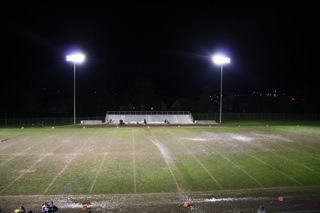 A synthetic turf field on a 98 ºF day will reach a temperature of 173 º F, whereas a natural grass field will reach a high of 105 ºF, according to experts in the Department of Plant Sciences at the University of Missouri-Columbia. Even the air above the synthetic turf is smoldering at a whopping 138 ºF. The sizzling temperature is not the only problems that athlete playing on synthetic turf might face.
A synthetic turf field on a 98 ºF day will reach a temperature of 173 º F, whereas a natural grass field will reach a high of 105 ºF, according to experts in the Department of Plant Sciences at the University of Missouri-Columbia. Even the air above the synthetic turf is smoldering at a whopping 138 ºF. The sizzling temperature is not the only problems that athlete playing on synthetic turf might face.
Others claim that many medical problems have sprouted from the use of this man-made grass substitute. According to Brad Fresenburg, a Turfgrass Specialist at the University of Missouri- Columbia, the most common injuries on synthetic turf are muscle strains and skin abrasions.
Other risks are being debated, says Fresenburg. Fresenburg was quoted by Applied Turfgrass Science, a not-for-profit organization supportive of natural grass use, in November 2005. “Natural grass has a microbial system. It is self-cleaning,” he says. “The synthetic fields don’t have that. There’s warmth. There’s moisture. Bacteria can thrive in there. There’s sweat, spit, and blood.”
If the turf is not cleaned properly, bacterial infections can pose a colossal threat to athletes. Fresenburg suggests using a disinfectant used in hospitals, such as Re-Juv-Nal HBV. But some turf managers just use a 10% bleach solution.
According to Fresenburg, athletic trainers at the University of Missouri-Columbia demand all students who experience a “turf burn” have it cleaned and treated to prevent a worse abrasion. “The biggest threat of field materials is the infill material that may cause eye abrasions if a player rubs their eyes too much with crumb rubber or sand in them,” Fresenburg stated.
Ron DeMeyer, a representative for Mondo U.S.A. Inc of Conshoken, PA, an artificial turf manufacturer, denied all of the claims. DeMeyer says “that injuries on turf are no different than what happens on natural grass.” Studies based on the playability of the surface during rain, and other bad weather, show that turf is actually safer than grass, he tells SciJourner. “You will have a safe playing surface where injuries are less likely to happen.”
There are no hazardous materials in our Mondo Turf System,” adds DeMayer. “There have been stories about lead being found in artificial turf recently.” However, these were in first generation fields like the old ‘Astroturf’ that was used in the St. Louis Cardinal’s Busch Stadium back in the 1980’s. “Mondo Turf fibers are made polyethylene with no heavy metals.”
| Related stories: Baseball Bats become Weapons; The Science behind Baseball |
DeMeyer also claims that “there is no problem with bacteria in artificial turf.” When a turf field drains, the water will go through the perforated holes in the back of the carpet. This will “clean” the field and does not allow water to “pool” or “puddle”. “Finally, bacteria cannot survive under [ultraviolet light]. So, once the sun comes out any bacteria that may be in the turf will be killed.” Savannah Arnold

This work is licensed under a Creative Commons Attribution-NonCommercial-NoDerivs 3.0 Unported License


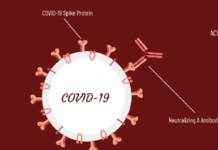
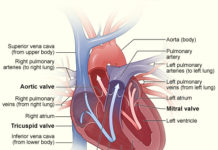
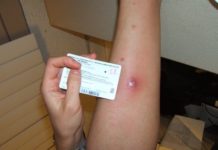
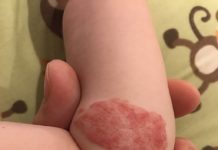
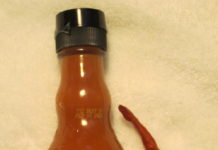
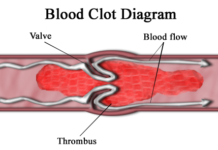






You really talked to a lot of experts to get this story. I wonder about the validity of the claim DeMeyer makes: "once the sun comes out any bacteria…will be killed."
Kind of gross, but I read it through to the end. Good work!
Thank you so much for your feedback! :smile
Good job on the article, I never would have thought that a turf football field would get to be over 170º F.
I didn’t realize that turf fields can reach a temperature 173 degrees Farenheit. I play soccer on turf fields and that seems outrageous to me. Also I never realized how much bacteria may be on those fields from blood and sweat. I know that I have experienced turf burns multiple times, so this article is very relatable.
wow did not know that turf was so bad for you. I have played many games on turf fields while it was in the high 90’s!!! now i know why it was so hot.
i agree with this artical 100% percent. because football is one the most dangerous sport that i know of. and i also belive that foot ball should be cancled in school’s.
[i]â:-??injuries on turf are no different than what happens on natural grass.â:-??[/i], Ha! Let me tell you, as a soccer player, I’ve never gotten worse abrasions than when I kept on a turf field, and I run the bases in softball without a sliding guard! However, overall this article is well written, and does a good job of examining both sides of the argument. Good job!